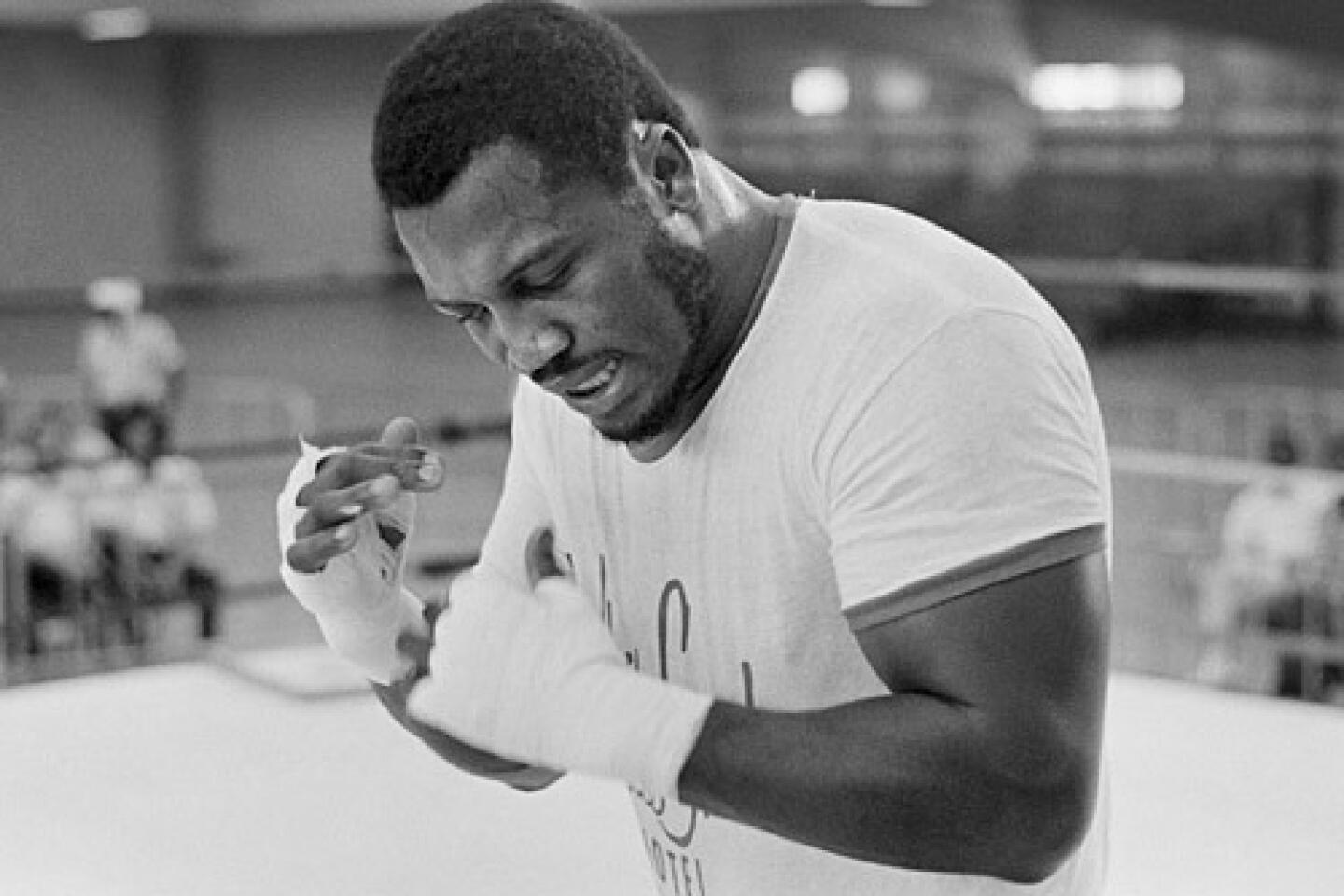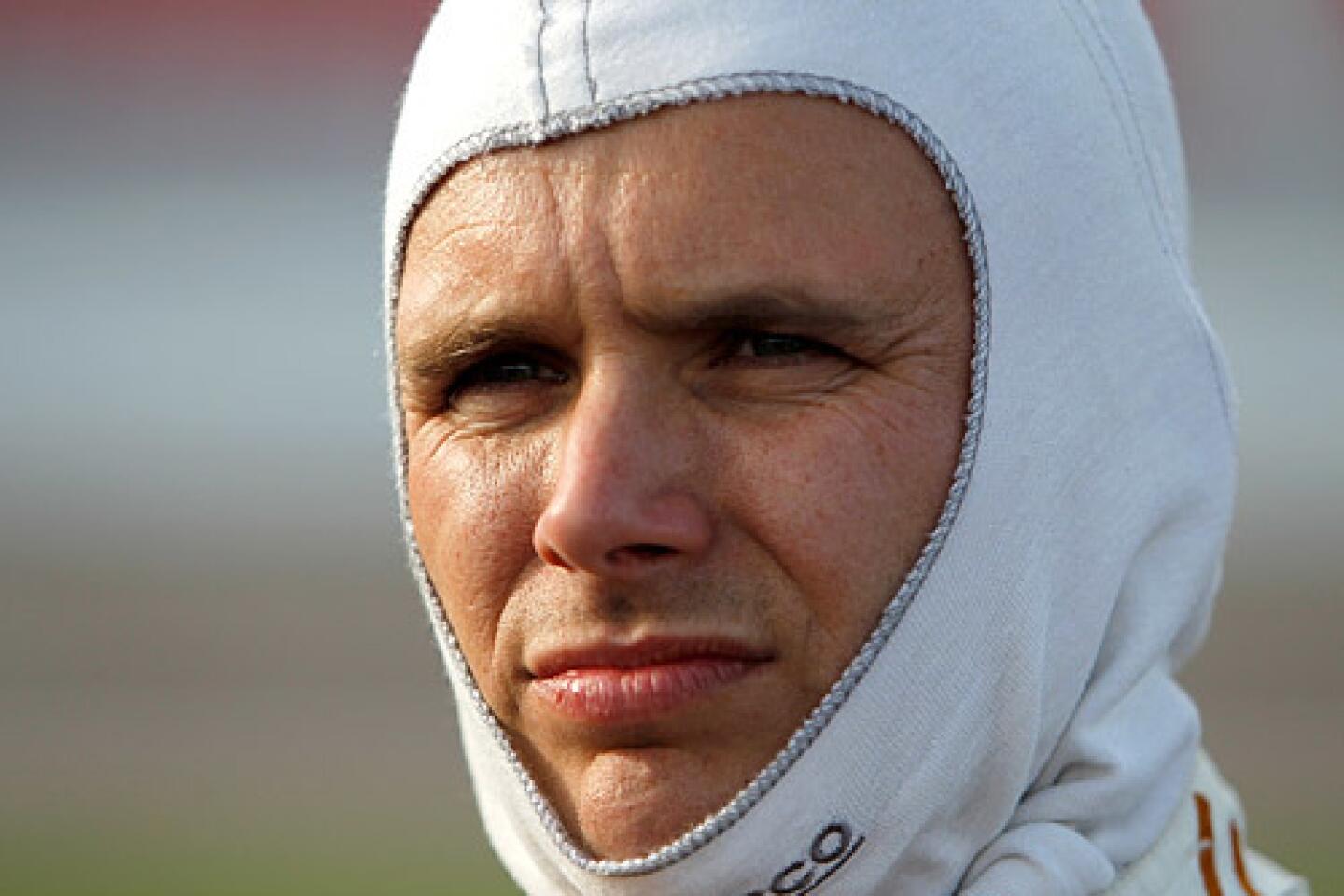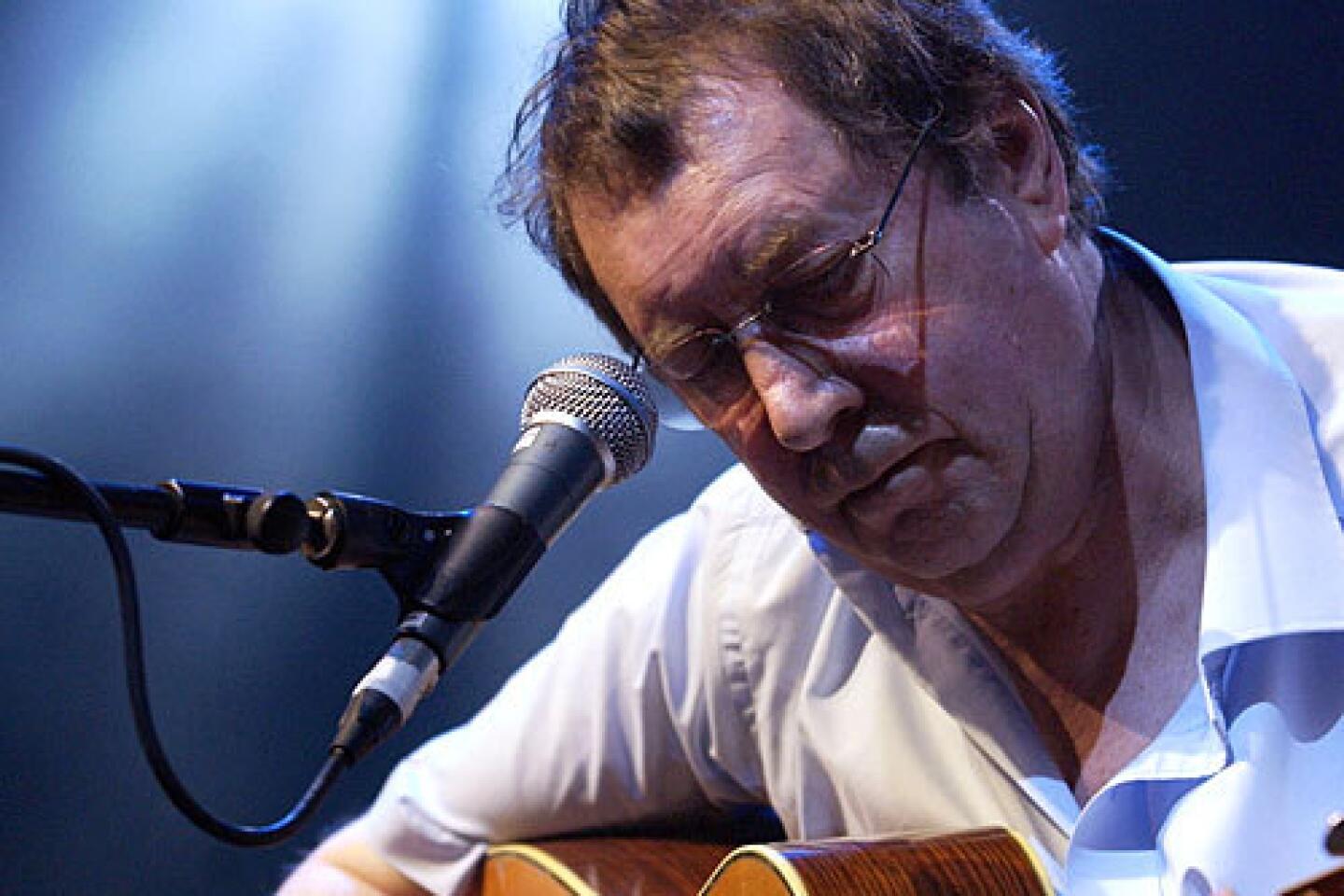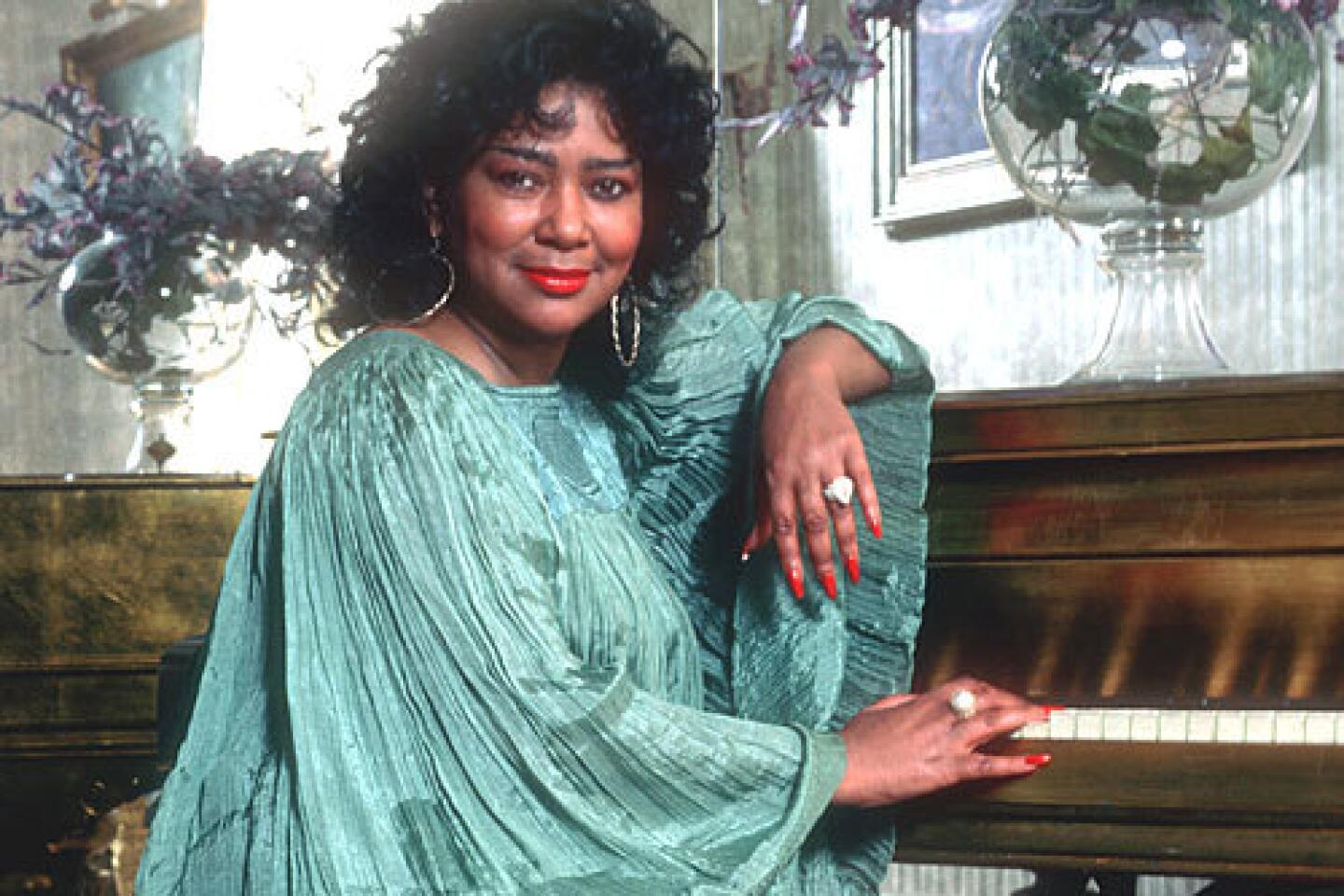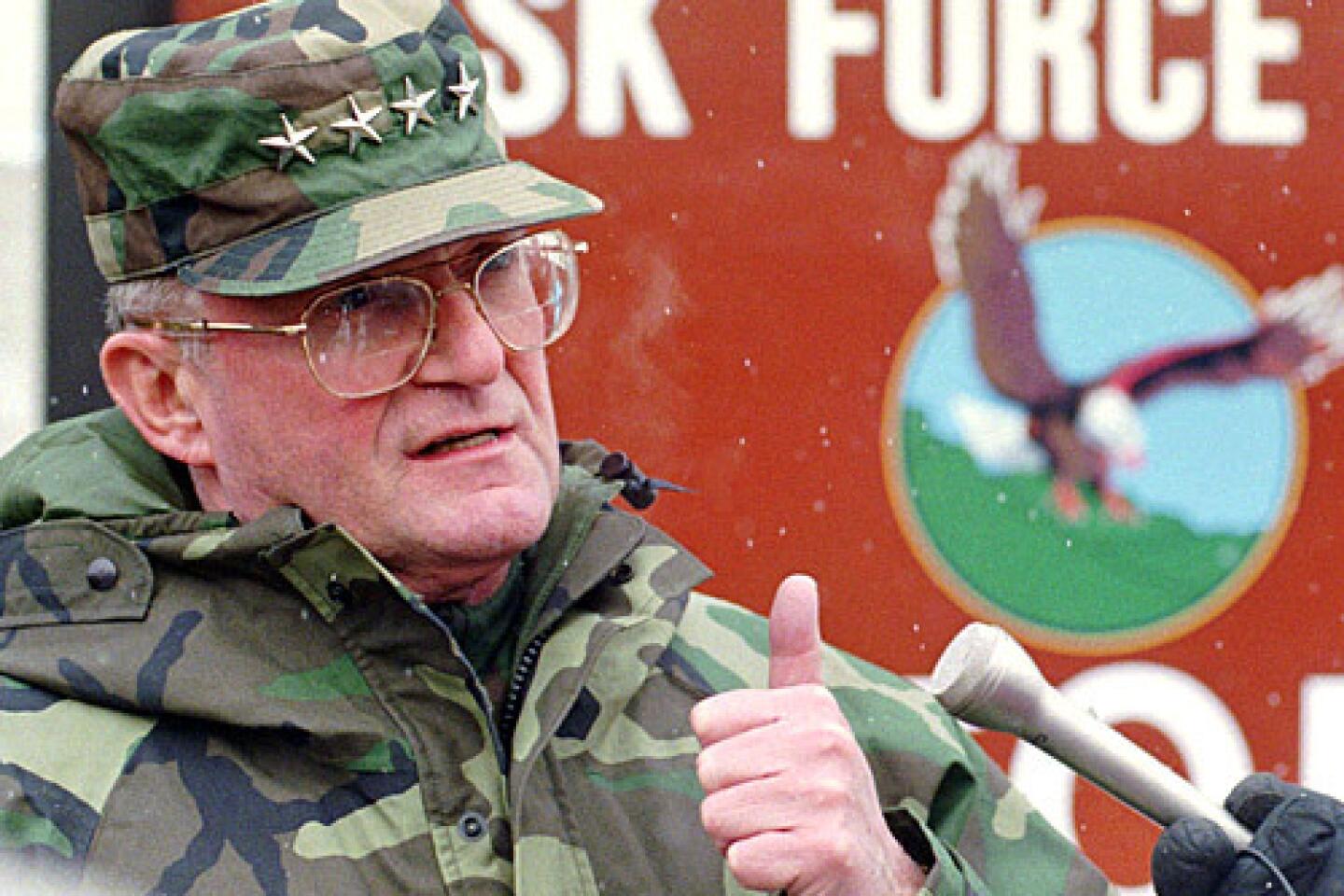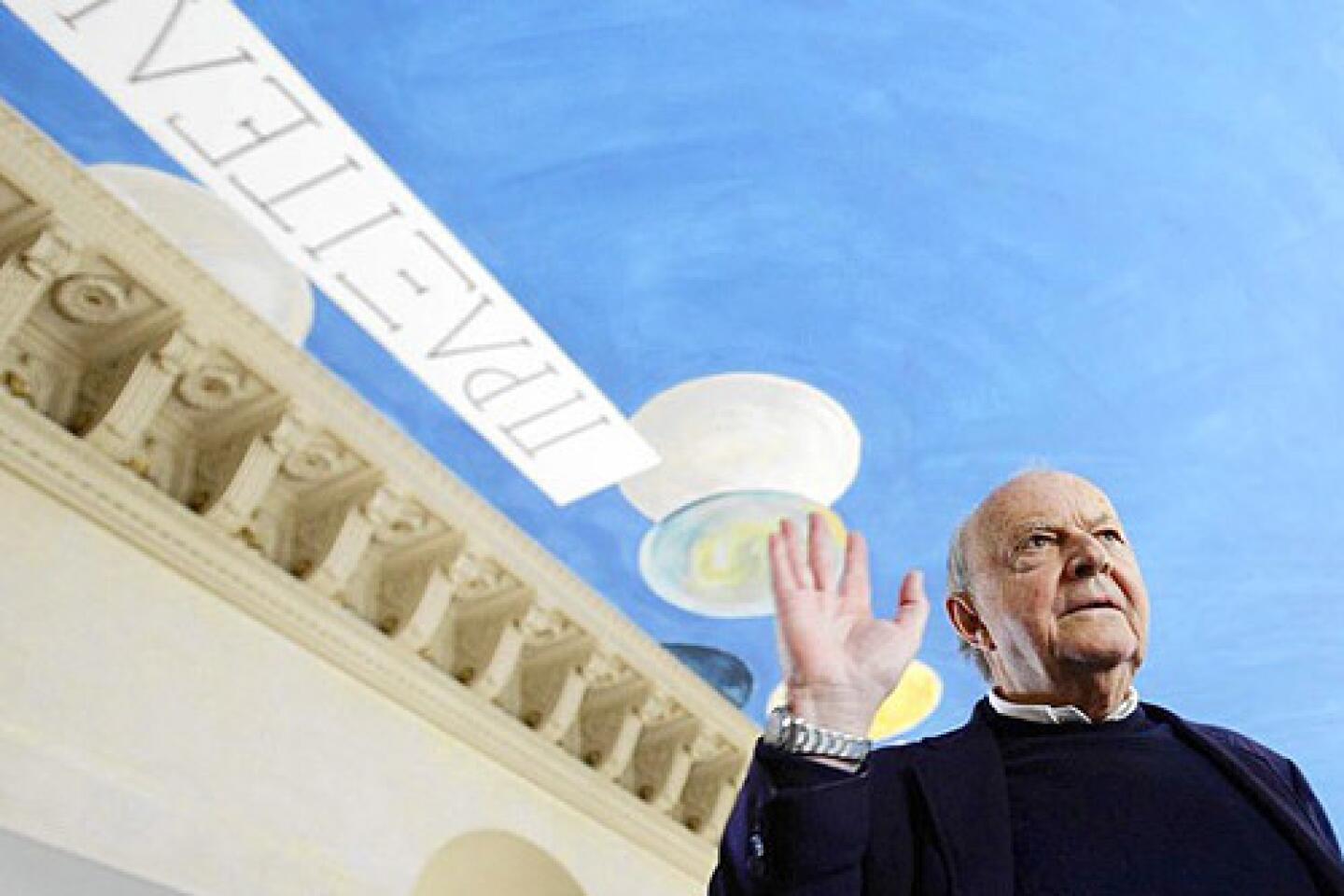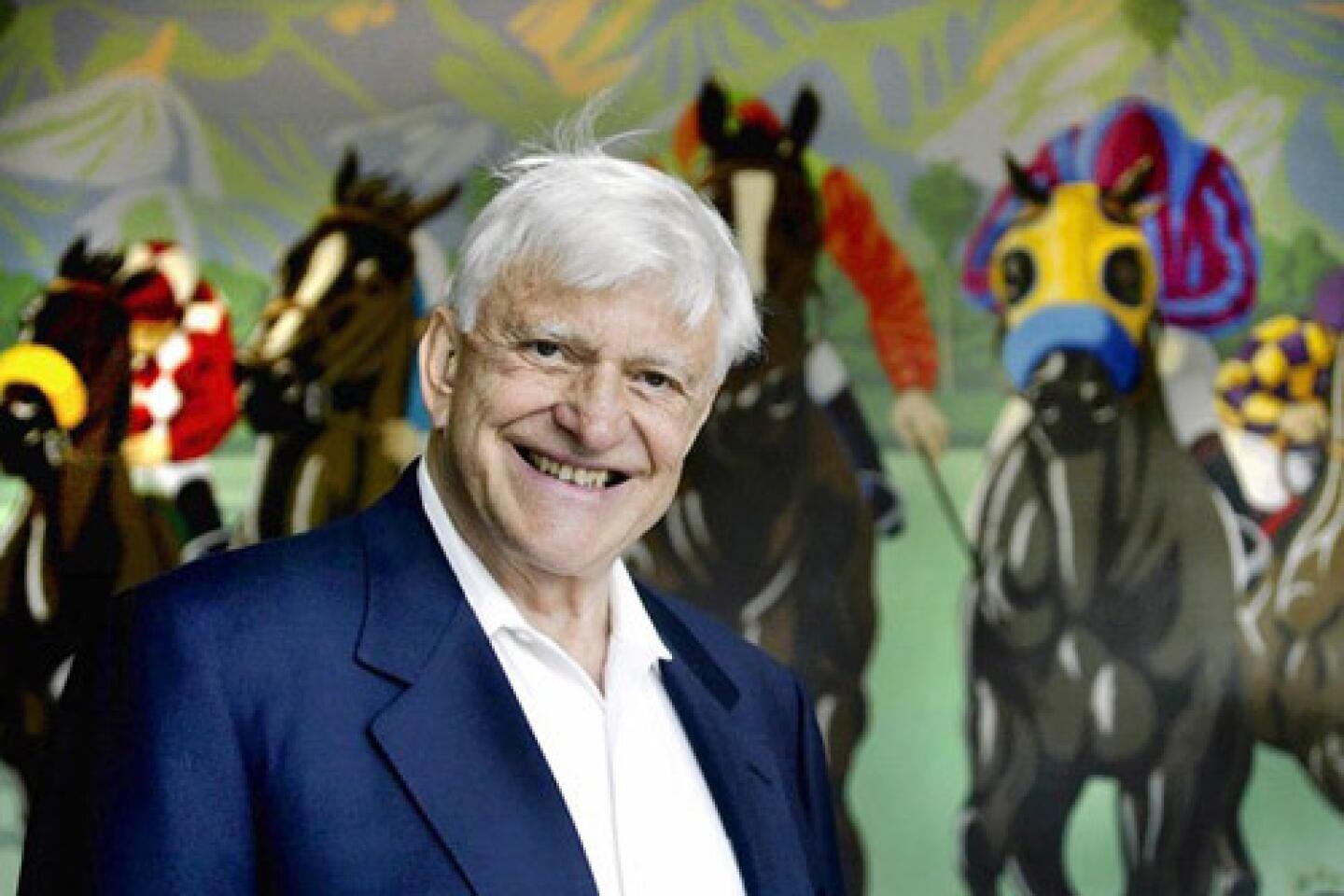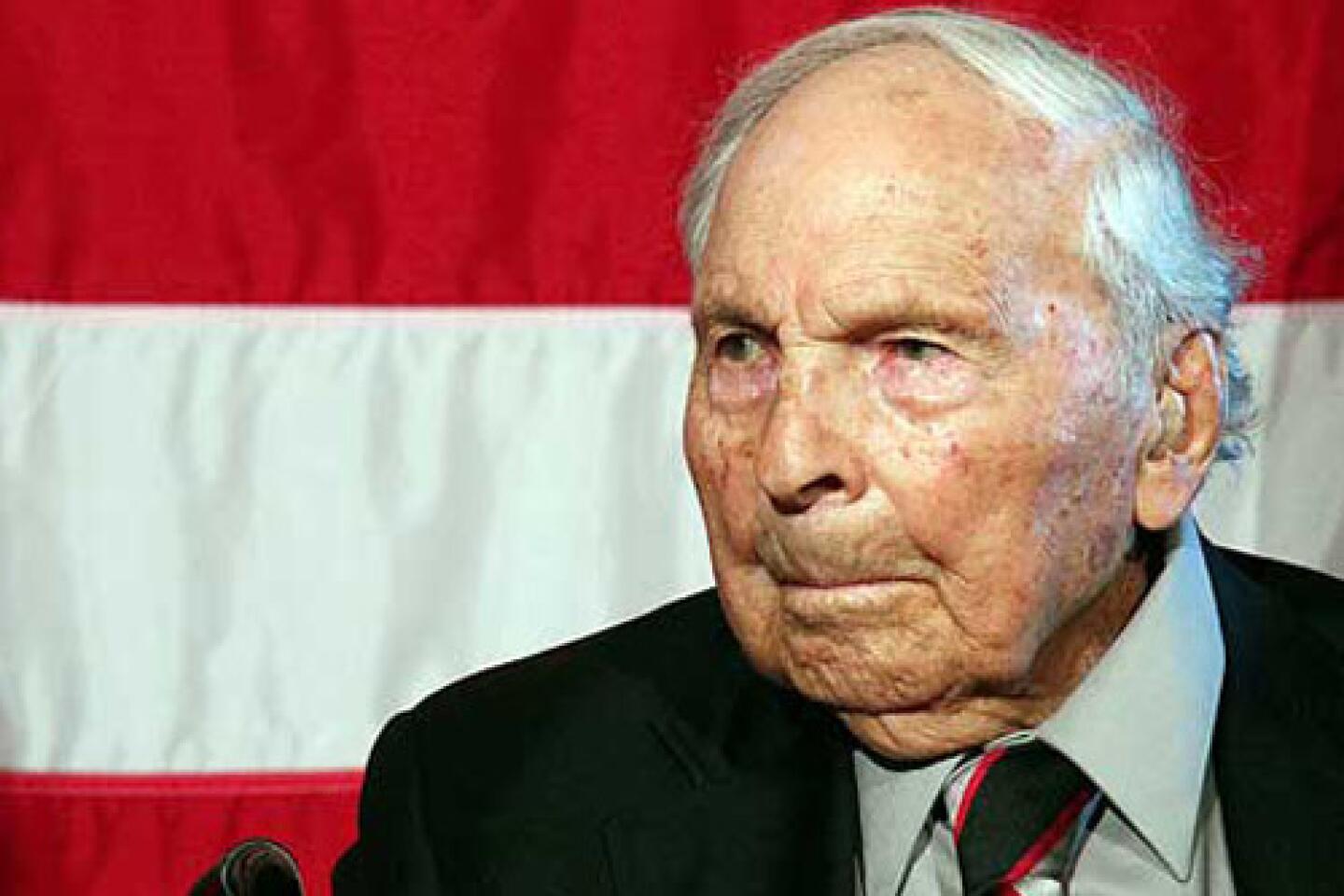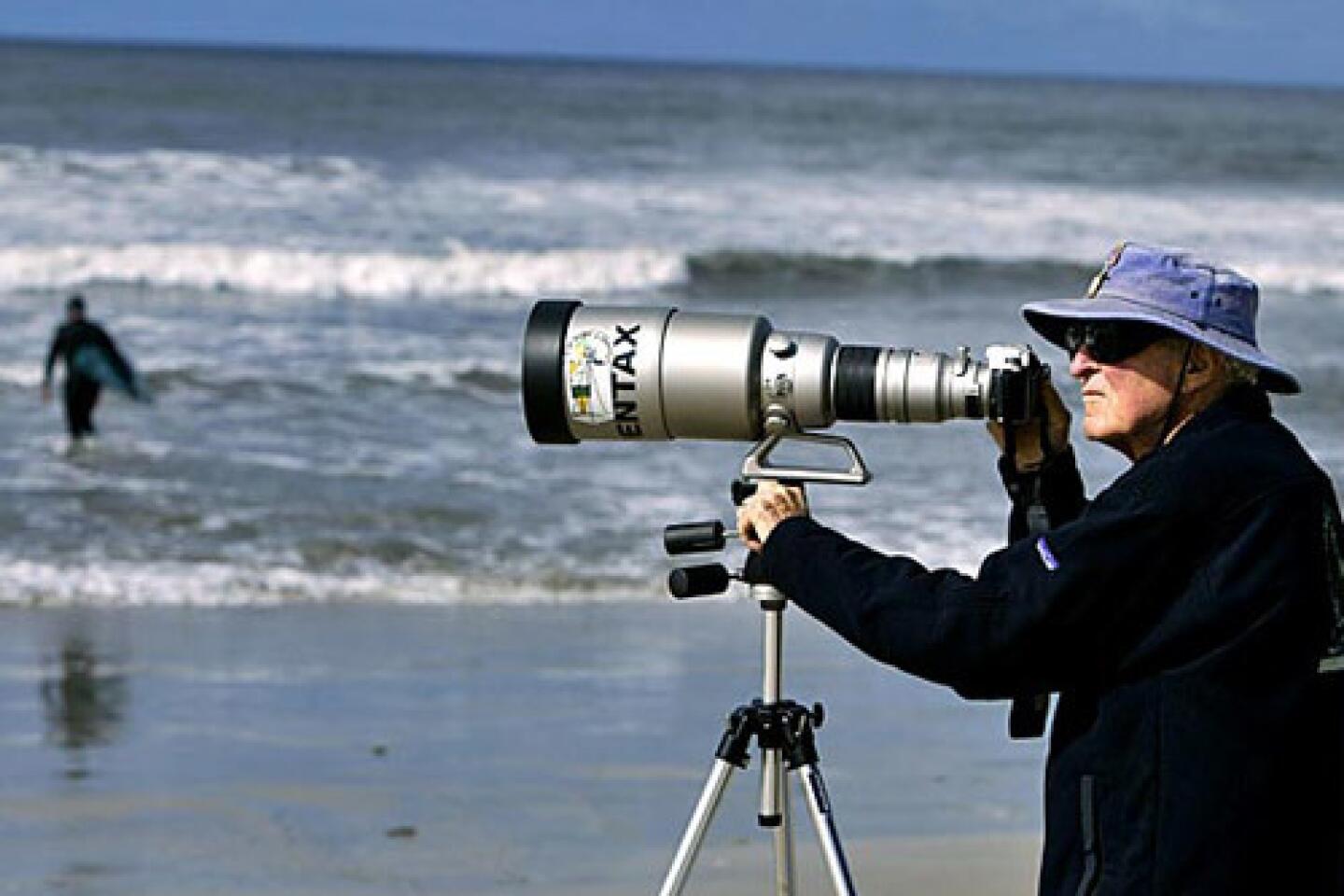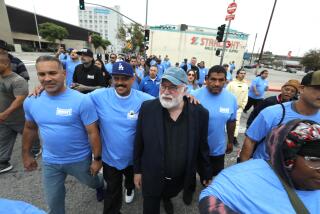Willard S. Boyle dies at 86; a father of the digital camera
Willard S. Boyle, who shared the 2009 Nobel Prize in physics for the invention of the revolutionary imaging device that is at the heart of digital cameras of all descriptions, died May 7 at a hospital in his home town of Wallace, Canada. He was 86 and had been suffering from kidney disease, friends said.
The digital imaging device, called the charge-coupled device, or CCD, allowed engineers for the first time to store a visual image in digital form, revolutionizing photography and a host of other fields. CCDs are at the heart of smartphones, camcorders, telescopes, supermarket bar-code scanners, fax machines and scanners, among other electronic devices.
FOR THE RECORD:
Willard Boyle: The obituary in the May 19 LATExtra section of Willard S. Boyle, who shared the 2009 Nobel Prize in physics, said that Boyle and colleague Don Nelson invented the ruby laser. They invented the continuous ruby laser. Ted Maiman invented the pulsed ruby laser. —
“Digital photography has become an irreplaceable tool in many fields of research,” the Nobel committee said in its prize announcement. “The CCD has provided new possibilities to visualize the previously unseen. It has given us crystal clear images of distant places in our universe as well as the depths of the oceans…. These inventions may have had a greater impact on humanity than any others in the last half-century.”
All of that from a simple brainstorming session whose goal was actually something entirely different.
In the fall of 1969, Boyle and his co-laureate, George E. Smith, both of them at Bell Laboratories, gathered in Boyle’s office after lunch to think about ways to develop a new memory device for computers. Within an hour, they had come up with the rudiments of the CCD.
They took advantage of the photoelectric effect, which won Albert Einstein the physics Nobel in 1921. In short, when light strikes a small piece of silicon, it knocks electrons out of their orbits. If the silicon has been formed into small photocells, or pixels, each cell acts as a well that captures and holds the electrons for an extended period.
Boyle and Smith’s key breakthrough was devising a way to read out the number and location of electrons captured in each well in an array of pixels. In a 10-by-10 array, for example, the data are converted into a chain of electron concentrations 100 pixels long. This can be converted back into visual information.
Within a year, they had given up on their memory device and produced a digital camera. Two years later, Fairchild Semiconductor of San Jose produced the first digital camera with a small (by modern standards) 100-pixel-by-100-pixel photo sensor (10,000 pixels total). The camera went into production a few years later. By 1975, Boyle and Smith had also produced a working video camera suitable for television.
Today, CCD imaging devices can exceed 100 megapixels to provide exceptionally sharp images.
Willard Sterling Boyle was born Aug. 19, 1924, in the Nova Scotia town of Amherst and raised in the nearby village of Wallace. When he was 3, the family moved to northern Quebec, where his father served as doctor for a logging community. Boyle was home-schooled by his mother because the nearest school was 30 miles away.
He attended high school at Lower Canada College in Montreal, then enrolled at McGill University in Montreal. But he dropped out in 1943 to join the Royal Canadian Navy, where he became a Spitfire pilot, landing on aircraft carriers. After the war, he returned to McGill, earning his doctorate in physics in 1950.
After a year at McGill’s Radiation Laboratory and two years teaching physics at the Royal Military College of Canada in Kingston, he moved to the United States to join Bell Labs, where he spent the rest of his career.
In 1962, Boyle and his colleague Don Nelson invented the widely used ruby laser. He also participated, with colleague David Thomas, in the development of the semiconductor injection laser, a component of many electronic devices.
Beginning in 1964, he spent two years at a Bell subsidiary that worked with NASA, where he helped choose lunar landing sites for the Apollo program. He received 13 key patents and numerous prestigious awards in addition to the Nobel.
After retiring from Bell in 1979, the family moved back to Wallace, and he spent much of his time sailing his 33-foot boat on Eastern waterways.
Boyle is survived by his wife of 65 years, the former Betty Joyce; a son, David; daughters Cynthia and Pamela; 10 grandchildren; and a great-grandchild.
More to Read
Start your day right
Sign up for Essential California for the L.A. Times biggest news, features and recommendations in your inbox six days a week.
You may occasionally receive promotional content from the Los Angeles Times.






